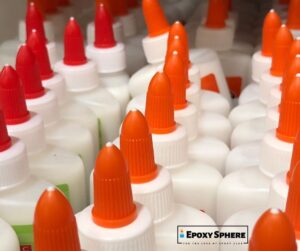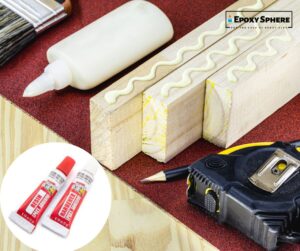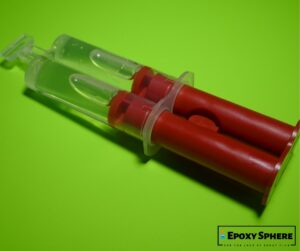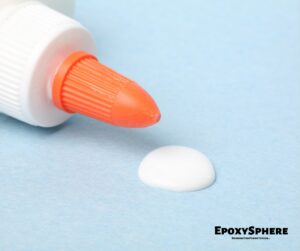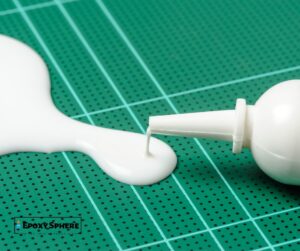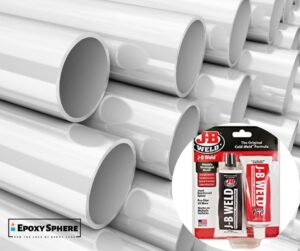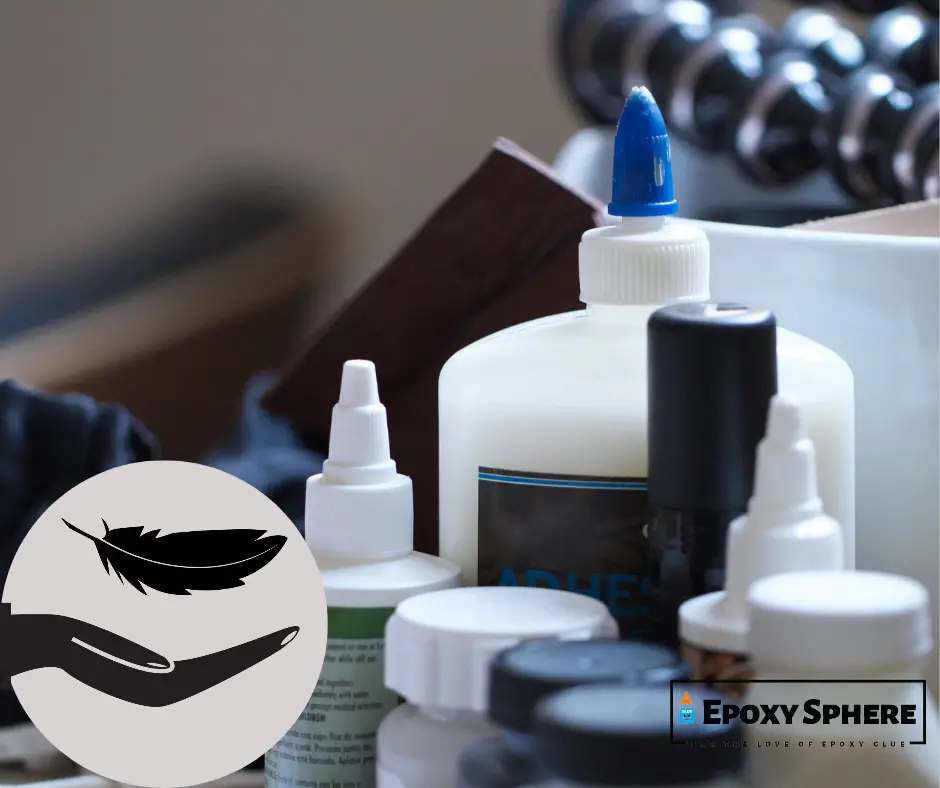
In recent times, Epoxy has become quite popular, with various ways of application. These applications of epoxy include several small projects, from artworks to jewelry, to larger and more complex industrial use like flooring.
A lot of epoxy manufacturers exist, as well as a wide range of products, this can make it difficult for the average individual to identify an original product from a wide variety, and this is very true when looking for an excellent heat-resistant epoxy resin. But first, is epoxy glue heat sensitive?
All epoxy glue has heat-sensitive properties in them. How much heat each epoxy product can resist depends on several factors. Also, each product’s intended use will affect the heat resistance level it can provide.
What Heat Sensitivity Capacity Should I Expect From My Epoxy?
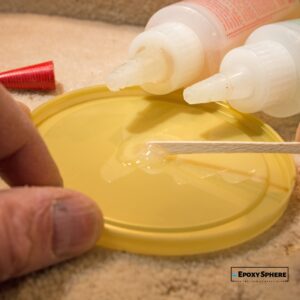
Most standard epoxies can withstand the heat from a cup of coffee but can’t handle or withstand the heat coming from a hot dish straight from the oven. For this reason, high-temperature epoxies are made specifically for higher temperature tolerance.
High-temperature resin epoxies can withstand temperatures of up to 315C (600°F). These high-temperature epoxies have special additives that make them more tolerant of high temperatures.
The meaningful edge with these high-temperature epoxies is having a higher resistance to abrasion. The formulation of these epoxies contains rigid rod structures instead of the regular, standard flexible matrix structure, making it possible for them to handle excessive degrees of heat.
High-heat epoxy products are specifically made for industrial use and application for large projects such as countertops. Their application includes several electrical and mechanical repairs in huge appliances like motor vehicle devices and aircraft.
Factors That Can Reduce Temperature Resistance Property of Epoxy
It is crucial to know that the temperature resistance of epoxies can be affected and, in turn, reduced. There are several ways that a temperature resistance reduction can occur. Here are some factors that can reduce the heat resistance nature of your epoxy glue:
Individual constituent of the resin and hardener
The makeup of each Epoxy by different brands is different. This means you can expect the heat-resistant nature of your Epoxy to vary significantly. Epoxies use resins that can be sourced in several ways. Also, hardener components are often different.
Addition of color pastes, alcohol inks, or pigments
Adding any of these will lower the epoxy project’s total heat resistance or tolerance. For projects that will inevitably come in contact with heat, it is advised to know the individual properties of the additives you will make use of. You can ask the manufacturers for this information or refer to the product’s instructions.
Inappropriate mixing of Epoxy and hardener
The advisable mixing time of these components is at least 3 minutes; this allows both parts to mix correctly. Also, remember to scrape the bottom and sides of the mixing container before mixing.
Not using the correct mixing ratio
The first and most common one is not following the mixing ratio as indicated; changes in these ratios alter the properties of the Epoxy. It includes mixing the product for the stipulated time; ensure you follow the suggested instructions.
Different brands of epoxies may have different mixing ratios. You must note the mixing ratio before measuring the hardener and Epoxy. Most products have a 1:1 mixing ratio; some might have a 2:1 or 3:1.
Applying heat while curing
When heat is applied to an epoxy before it has fully cured, it can affect the curing stage and reduce the heat resistance and tolerance of the finished product.
Is There a Temperature Limit for Epoxy?
Initially, epoxies were created to handle colder temperatures and handle heat. They withstand temperatures that reach below-freezing points. However, most regular epoxies will begin to soften around 140-150F but will start to harden again if the temperature is lowered.
When temperatures become higher, the regular epoxy might become prone to melting and can stay in that state despite cooling down after it melts. You must fix or sometimes completely rework your epoxy countertop in this situation.
The standard epoxy can only withstand low heat temperatures that range from 68°F to 195° F (20°C to 90° C). Higher temperatures will cause a change in its molecular structure and cause the Epoxy to soften and distort. The Epoxy becomes rubbery and loses its glass-like surface.
High-temperature epoxies are made to withstand higher temperatures on an industrial level of 600° F (315°C). This depends mainly on the product type, as well as its manufacturers. The temperature limits between standard epoxies and high-temperature epoxies differ. This is because both are made for different purposes.
When purchasing Epoxy, it’s best to go for a product that suits the job. For simple tasks, go for the standard epoxy; for larger industrial tasks, go, for the high-temperature epoxy that will serve its purpose.
Tips To Help When Working With Heat-Resistant Epoxy
As we have stated, to have the best result, strict compliance with the instructions made available by the manufacturer must be followed. A slight deviation and you may end up with a not-so-good finished product. To help you get optimum results, here are some tips to guide you:
- It is advised that you mix enough resin that suits your project, allowing you to apply it in the needed time.
- Timing is the most crucial thing in the entire process; preparation is vital.
- A correct height of your work table will help avoid back pains and irregularities in your work.
- Using Isopropyl alcohol to wipe your surface clear of dust with a piece of cloth is advised before you start your project.
- For accuracy when mixing your epoxy, use a timer; this will allow you to avoid inconsistencies that might affect your finished project.
- The humidity and temperature of your workspace can affect your finished product. Cold temperatures can cause your epoxy to have a tacky or sticky finish. To avoid this, it’s best to warm your resin before mixing it with a hardener.
- Use a good quality paint brush if it is involved in your process to avoid bristles being shed. Use a dark paintbrush. This way, bristles can be spotted easily if they are shed.
- If you have air bubbles, pop them with a blow dryer (for a few seconds) or a toothpick. To use a blowtorch, hold it about 20cm from your piece to avoid dimpling.
- When done with your project, allow your Epoxy to cure completely to avoid problems.
Conclusion
Finally, we have established that epoxy is tending, and they have several applications. It is essential to note the differences between the standard and high-temperature epoxy applications. Keep in mind that epoxies will remain solid in temperatures below their HDT and soften when that temperature is exceeded.
Curing duration is always to wait 5-7 days, allowing the Epoxy to cure very well at room temperature. Doing this enables the Epoxy to develop its thermal and mechanical properties effectively.

Hi, This is John Davis. After years of working in the construction industry, I decided to create a website that would provide people with information about glue and its exceptional uses. I hope You find it useful

